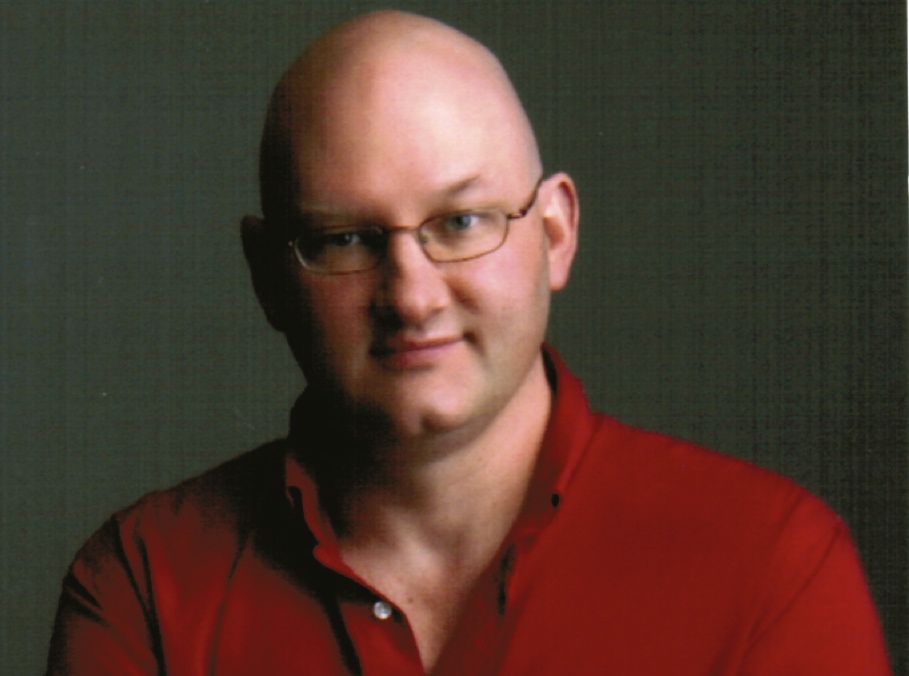The Real Story Behind 'The Haunting in Connecticut'
The 2009 psychological horror film "The Haunting in Connecticut" tells the story of the Snedeker family, who in 1986 rented an old house in Southington, Connecticut. Allen and Carmen Snedeker moved in with their daughter and three young sons. While exploring their new home, Carmen found strange items in the basement: tools used by morticians.
The family soon discovered — to their horror — that their home had once been a funeral parlor, and the eldest son began seeing ghosts and terrifying visions. The experiences spread to other family members and got worse: Both parents said they were raped and sodomized by demons; one day as Carmen mopped the kitchen floor, the water suddenly turned blood red and smelled of decaying flesh; and so on.
Finally the family contacted a pair of self-styled "demonologists" and "ghost hunters," Ed and Lorraine Warren, who arrived and proclaimed the Snedeker house to be infested with demons.
The scariest part? It's all true, supposedly.
[The Top 10 Most Famous Ghosts]
The Snedekers have told their story many times, including on national talk shows and in a Discovery Channel TV show. The film's poster states in capital letters at the top that the movie is "based on true events." Yet others aren't so sure.
Investigator Joe Nickell reports in the May/June issue of Skeptical Inquirer magazine that the Snedeker's landlady found the whole story ridiculous. She noted that nobody before or since had experienced anything unusual in the house, and that the Snedeker family stayed in the house for more than two years before finally deciding to leave.
Get the world’s most fascinating discoveries delivered straight to your inbox.
[Video: Haunted House in New Jersey?]
Apparently being assaulted and raped by Satan's minions for months at a time wasn't a good enough reason to break the lease.
The Snedeker's story first came to light in horror novelist Ray Garton's 1992 book "In a Dark Place: The Story of a True Haunting." In an interview in "Horror Bound" magazine, Garton discussed how the "true story" behind "The Haunting in Connecticut" came about.
Garton was hired by Ed and Lorraine Warren to work with the Snedekers and write the true story of their house from hell. He interviewed all the family members about their experiences, and soon realized that there was a problem: "I found that the accounts of the individual Snedekers didn't quite mesh. They couldn't keep their stories straight. I went to Ed with this problem. 'Oh, they're crazy,' he said…. 'You've got some of the story — just use what works and make the rest up… Just make it up and make it scary.'"
Garton, who had accepted the job expecting to have a real "true story" to base the book on, did as he was told: "I used what I could, made up the rest, and tried to make it as scary as I could."
Though the Snedekers stand by their story, it seems there is little or no proof that anything supernatural occurred at the house. Whether or not the Snedekers actually believed their story, they stood to make money from the book deal. They were aware that the Lutz family — of Amityville, New York — profited handsomely from selling the rights to their "true story" of a haunted house. "The Amityville Horror" has long since been revealed as a fiction by investigator Ric Osuna and others. Interestingly, the Warrens were also involved in the Amityville case.
[Spooky! Top 10 Unexplained Phenomena]
Fiction passed off as memoir or true story is certainly nothing new, from William Peter Blatty's book and film "The Exorcist" to James Frey's debunked bestseller "A Million Little Pieces." Filmmakers have a long history of touting movies as being based on true stories, when in fact they have little or no connection to any real events.
As for "The Haunting in Connecticut," Garton notes, "I suspect the movie will begin with the words: 'Based on a true story.' Be warned: Just about anything that begins with any variation of this phrase is trying a little too hard to convince you of something that probably isn't true."
Benjamin Radford has investigated and written about the "true stories" behind horror films such as "The Exorcist," "The Texas Chainsaw Massacre," and "The Amityville Horror." His books, films, and other projects can be found on his website.



